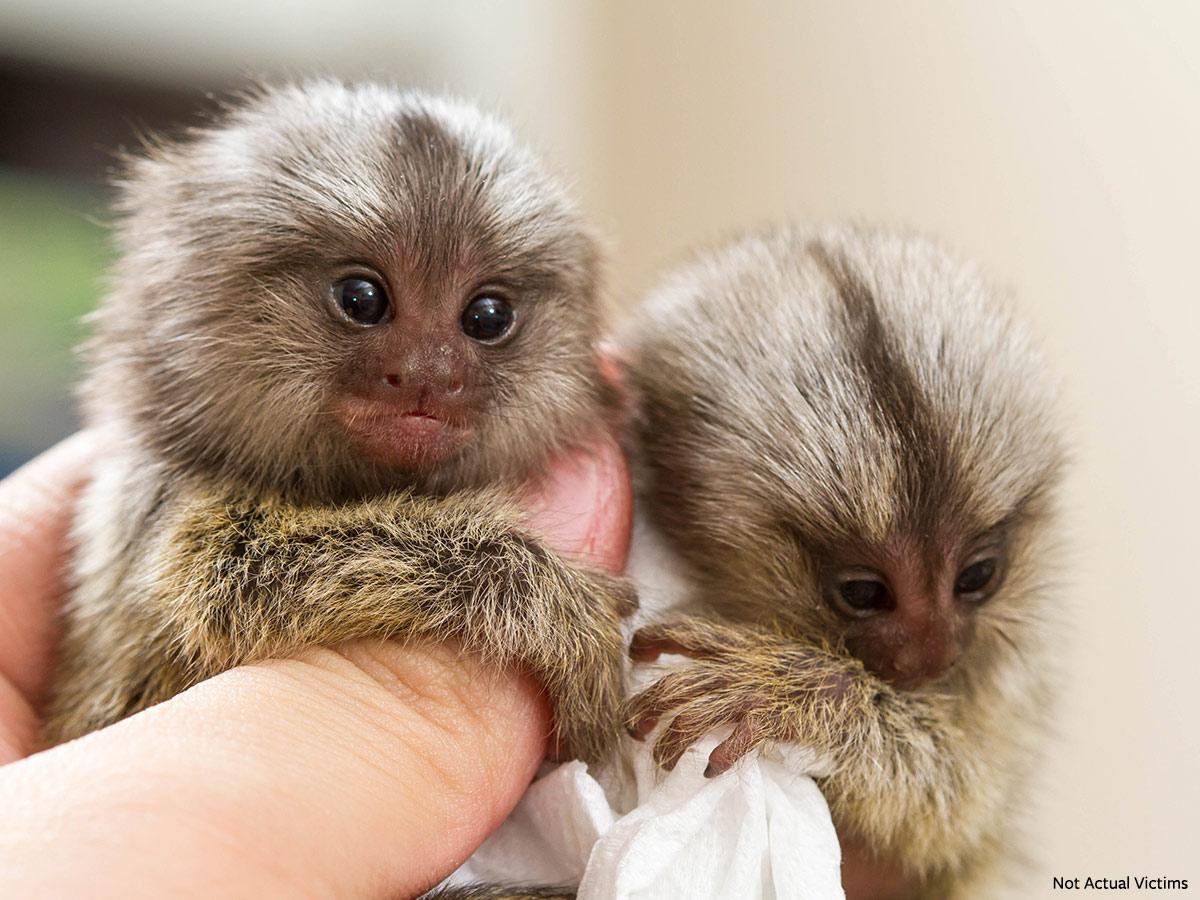Variety Overview
The marmoset, often called the thumb monkey because of its diminutive size, is incredibly nimble, particularly when it dashes and leaps through the forest canopy. Native to the forests of the Amazon basin in South America, these tiny primates are among the world’s smallest monkeys. They have a penchant for eating lice and possess a gentle nature, which has made them popular pets among local Indigenous communities.
English Name: Marmoset
Kingdom: Animalia (Animal Kingdom)
Phylum: Chordata (Vertebrates)
Class: Mammalia (Mammals)
Order: Primates (Primates)
Family: Callitrichidae (Marmosets and Tamarins)
Genus: Callithrix (Marmosets)
Species: Callithrix spp. (Marmoset species)
Design Characteristics
The Callitrichidae family includes 3 genera and 35 species of small primates found in Central and South America. These tiny monkeys are distinguished by their small size, long prehensile tails, round heads, absence of cheek pouches, and side-facing nostrils. Adult marmosets typically reach a height of just 10-12 cm and weigh between 80-100 grams. Newborns are only about the size of a broad bean and weigh around 13 grams. Known for being lively, cute, gentle yet delicate, all marmoset species are easy to domesticate. They are often referred to as “pocket monkeys” or “thumb monkeys” because they can fit into a pocket or small cage when young. Regular insect consumption is essential for their long-term survival.
Living Habits
Almost all monkeys enjoy climbing. There’s a common saying, “Treat someone like a monkey,” indicating that monkeys have very lively and adorable personalities, and marmosets are no exception. With more people keeping marmosets as pets these days, how should one set up their living environment at home?
Most marmosets inhabit forests upstream of the Amazon River in South America. Some pygmy marmosets can also be found in western Brazil, Ecuador, and northern Peru.
Given their high energy levels, marmosets require larger cages that provide ample space for movement. Since most monkeys prefer tree-dwelling lifestyles, their cages should have sufficient height and include branches for climbing. Additionally, create a slightly dark and secluded area within the cage where they can rest peacefully during the day. Because appropriately sized cages aren’t readily available on the market, DIY might be your best option. To keep their tails and feet clean and avoid contact with waste, nail wooden slats to the cage’s bottom. If gaps between slats are too wide and fingers might touch waste below, add an extra layer of wire mesh in the center as a precaution.

Feeding Methods
The marmoset is different from other monkeys that have a strong preference for fruits; it loves eating insects the most. Additionally, these monkeys like to catch and eat lice. If kept as pets, it’s important to ensure their dietary needs are met, otherwise they may not survive for long. Despite this, marmosets have a very pleasant temperament, making them quite popular in their local areas.
Marmosets have a gestation period of 146 days (ranging between 140-150 days) and reach sexual maturity at around 14 months. They experience menstrual cycles with a sexual cycle lasting about 16 days. Mating isn’t seasonal and can occur in captivity through artificial breeding methods. Typically, each litter consists of 1-3 offspring, with an approximately 80% chance of twins.
In the marmoset family, male marmosets take on the roles of “good husbands and fathers.” After giving birth, female marmosets only hold their young briefly for nursing; all other caregiving duties are handled by the males. Male marmosets clean the babies and personally feed them once they are weaned.
